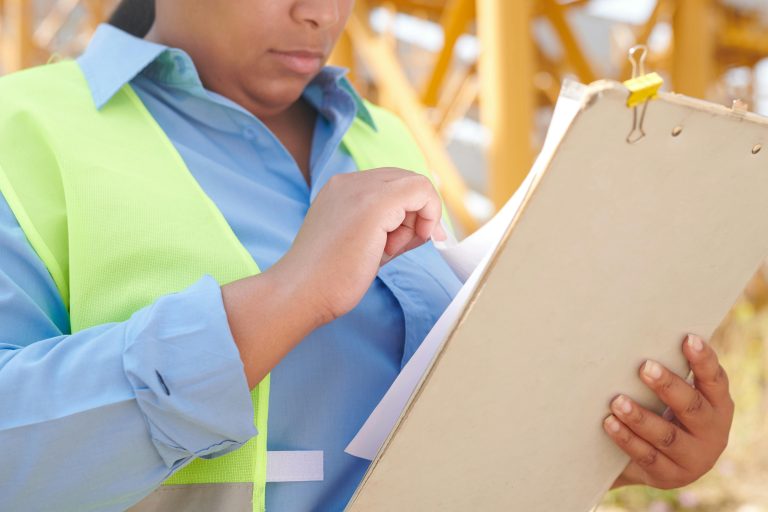Planning a development project that can stand the test of time and stay ahead of the curve might sound overwhelming. However, it’s one of the smartest moves a developer can make. Smart site planning, as we call it, is all about setting your project up for long-term success. From environmental concerns to technology trends, your decisions during the planning stages can save you money, time, and headaches later on.
The key, simply put, is to plan for change. That means building in flexibility, thinking about sustainability, and considering the future-proof features that today’s fast-paced world demands. Thoughtful planning now is the foundation of long-term success and smoother operations down the road.
By taking a proactive, future-focused approach to development planning, you can also reduce risks and open the door to smart innovation. The earlier you get on board with strategies that are ready for tomorrow, the better. As the development landscape evolves, having a project that keeps up with the times and even gets ahead of them becomes easier with a future-ready mindset.
Understanding the Basics of Smart Site Planning
Planning a site smartly means more than just looking at what’s in trend right now. It’s about considering all the key factors that will influence growth. It also means bringing in those forward-thinking, future-proof ideas that are just emerging.
However, the best of all innovation should also keep it real, in other words, stay practical. Let’s take a closer look at smart site planning and the future-ready strategies you can use when developing your next project.
What Does Smart Site Planning Really Mean?
In today’s real estate and construction world, smart site planning goes beyond simple land use. It means designing and developing sites with a focus on flexible, sustainable growth. In other words, you want your site to work not just for today, but to be easily adaptable as needs change over time. Smart site planning encompasses all the environmental, infrastructure, and community factors that influence a site.
But to build effectively, you also need an accurate understanding of a site’s topographical features. Companies like Indigo Surveys are often key here. With accurate topographical surveying, developers gain vital information about the physical features of the land they plan to develop. This data underpins many smart site planning decisions, from environmentally friendly designs to meeting community needs.
Planning for What’s Ahead
Smart growth planning requires a certain level of foresight and insight. Pay close attention to population changes, emerging technologies, and economic factors that will influence your development over time. Keep an eye on:
- Population trends and shifts in demographics
- Emerging technologies and innovation
- Economic shifts, new opportunities, and local and regional planning goals
Predicting and planning for future growth also involves a certain amount of crystal ball gazing. You don’t need psychic powers for this, just an eye for trends and a willingness to plan for change.
For example, if you think there will be an increase in demand for housing over the next decade, plan for it. This might mean building more units or planning for increased infrastructure or smart tech. Similarly, if you know a business park is planning a new office complex in the region, think about how to tie your commercial real estate development into that.
Innovation with a Real-World Focus
Innovation is exciting and essential. However, those forward-thinking features should also be real-world and practical, not just the latest shiny thing. As you bring innovative features to your project, make sure they make sense in terms of cost, real impact, and value they add.
Look for innovative ideas and technology that support your goals but are also affordable and offer a real return on investment. There are great examples of features and devices that improve your project while still making solid financial sense.
Solar panels, smart irrigation systems, and smart irrigation systems are all good examples of innovations with real-world benefits. The key here is to stay informed. It’s not enough to look at what’s on-trend. But stay in the know, you can choose tools that genuinely add value and improve your site.
Making Your Project Future-Ready
Here are some strategies to start with as you plan to make your next development future-ready. As you can see, this is not only about technology, though tech is part of it. Smart site planning is as much about the physical design and smart materials as it is with smart tech.
Build for Growth with Scalable Infrastructure
Think about future change. If you design your infrastructure for scalability, it will be far easier to respond to changes. This could be as simple as modular buildings that make it easy to add extra floors, rooms, or even facilities. In terms of tech, scalable infrastructure might include things like cloud-based systems that can grow with your organization’s needs.
Minimizing future disruption and remaining on solid ground with your project starts with a plan that’s built for growth.
Make Sustainability a Priority
Environmentally friendly building and design is no longer a trend. It’s the baseline, as all developers must do their part for energy efficiency and smart resource management. Green, energy-efficient design, and the use of recycled and sustainable materials can make your project more sustainable and often save money in the long run.
Consider building options that integrate renewable energy solutions, like solar panels or wind turbines. You can also incorporate water-saving fixtures and appliances as part of an overall conservation effort. You can also use smart tech to monitor and manage energy, water, and waste to improve efficiency and reduce costs. It’s a powerful and easy tool.
Use Technology to Work Smarter
Smart technology is often first thought of in terms of cool gadgets and clever devices. However, in the world of real estate development and construction, smart tech can also be a powerful tool for saving time and money. IoT (internet of things) tech and devices make it easy to monitor things remotely in real-time. Energy use, security and access control, and monitoring make it easier to manage things efficiently.
Smart security systems not only keep people and property safe, they can also collect data that can inform smarter decision making. Smart lighting and HVAC are two other areas where a simple investment in tech can provide savings and comfort.
Stay Flexible and Ready to Adapt
Because no one has a crystal ball, it’s important to build flexibility and adaptability into your plan. In the rapidly evolving landscape of today’s real estate development, planning for a certain amount of change and disruption is key. This includes designing with flexibility and adaptability in mind.
Design for Versatility
Designing spaces to be multi-purpose is one good way to build in future value and usability. A room or building that can change roles over time has far more lasting value. When designing, also think about modular design. This approach can make it far easier to reconfigure spaces in the future with a minimum of construction.
Infrastructure and utilities should be designed with future-proofing in mind as well. That means building in extra space for smart tech or future renewable energy installations. Thinking ahead on all of these fronts can help save major costs later on.
Keep an Eye on the Trends
Trends change, and technology and consumer habits with them. The key to keeping your project ahead of the curve is to stay plugged into what’s happening in the world of real estate development. Read reports, follow industry news, and talk to tech providers and others to stay engaged and informed.
Data analytics, for instance, can be a powerful tool for both monitoring performance and identifying changing needs over time. The more you know, the easier it will be to pivot before issues become problems. In other words, the more prepared you are to respond with innovation, rather than just react.
Final Thoughts
Future-proofing your development site is not about predicting the future with 100% accuracy. It’s about planning for inevitable change. By building in flexible infrastructure, incorporating sustainable design practices and smart tech solutions from the outset, your project is well on the way to being future-ready.
Projects that can stay ahead of the game and grow with the times are the ones that are most successful in the long run. So whether you’re in the early planning stages of your next development or ready to revisit an existing plan, take the time to future-proof your site. The decisions you make now will determine the success of your project for years to come.


